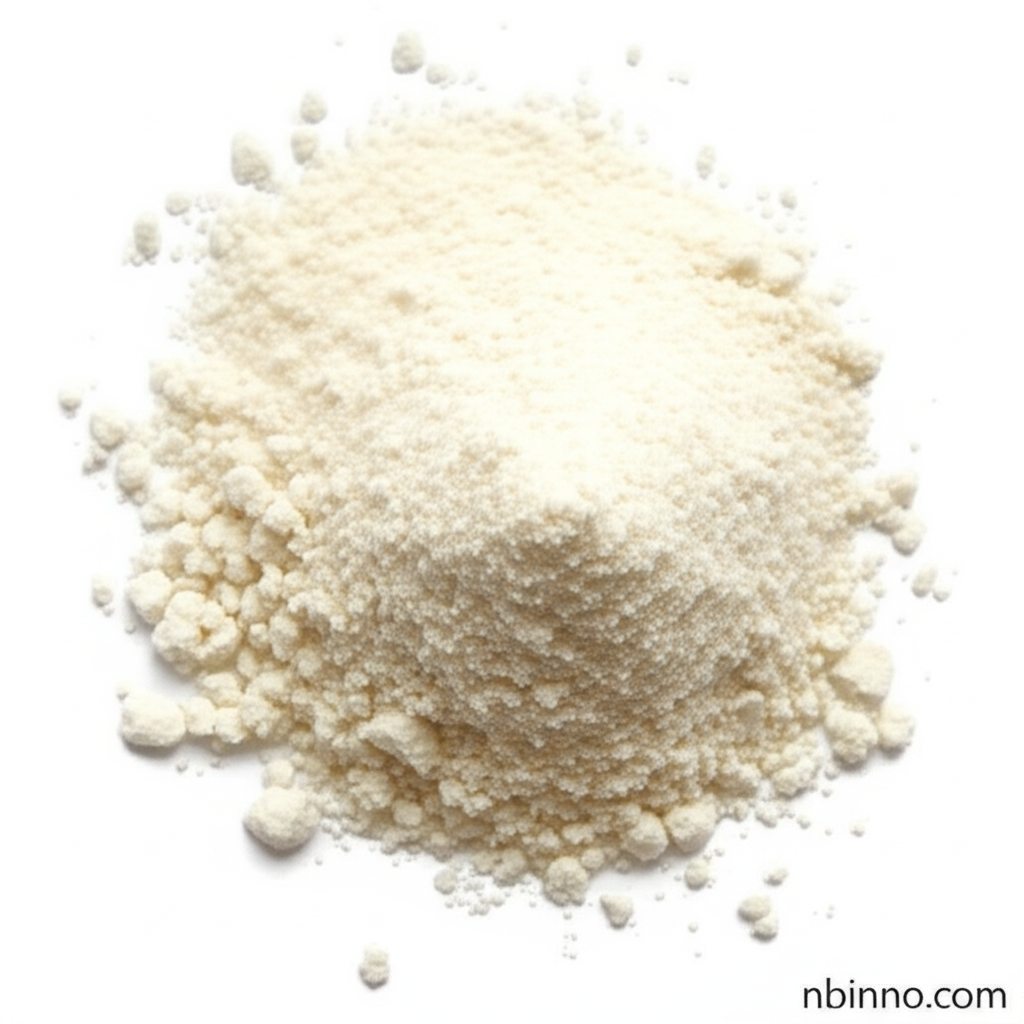1,3,5-Tris(phenylethynyl)benzene: A Key Building Block in Organic and Materials Chemistry
Discover the synthesis, properties, and versatile applications of this crucial organic compound for your research.
Get a Quote & SampleProduct Core Value

1,3,5-Tris(phenylethynyl)benzene
This compound is a valuable research chemical, serving as a fundamental component in advanced organic synthesis and materials science. Its unique structure makes it ideal for creating complex molecular architectures and exploring novel material properties.
- As a critical Organic Building Block for Materials Science, 1,3,5-Tris(phenylethynyl)benzene facilitates the development of new polymers.
- The synthesis and crystal structure of 1,3,5-tris(phenylethynyl)benzene have been extensively studied, providing a solid foundation for its application.
- Understanding the topochemical interactions in crystals involving acetylenic groups is key to leveraging this compound's potential in advanced materials.
- This high purity 1,3,5-Tris(phenylethynyl)benzene is essential for reliable results in demanding organic synthesis research.
Key Advantages
Versatile Synthesis Applications
Leverage the versatility of 1,3,5-Tris(phenylethynyl)benzene in various organic synthesis pathways, enabling the creation of complex molecules with tailored properties.
Advanced Material Development
Utilize this compound as a precursor for advanced polymers and functional materials, exploring the unique characteristics imparted by its structure and acetylenic bonds.
Structural Foundation
The established knowledge on the synthesis and crystal structure of 1,3,5-Tris(phenylethynyl)benzene provides a reliable basis for its use in molecular engineering and research.
Key Applications
Organic Synthesis
1,3,5-Tris(phenylethynyl)benzene serves as a vital component in complex organic synthesis, allowing for the construction of intricate molecular frameworks and novel compounds.
Materials Science
Its unique structure makes it a prime candidate for developing next-generation polymers and functional materials, driven by the study of its topochemical interactions.
Optoelectronic Materials
The extended pi-conjugation system inherent in this molecule suggests potential applications in optoelectronic devices, a growing field in materials chemistry.
Research and Development
As a readily available research chemical, it supports fundamental scientific exploration in chemistry and related disciplines, aiding in the discovery of new properties and uses.
